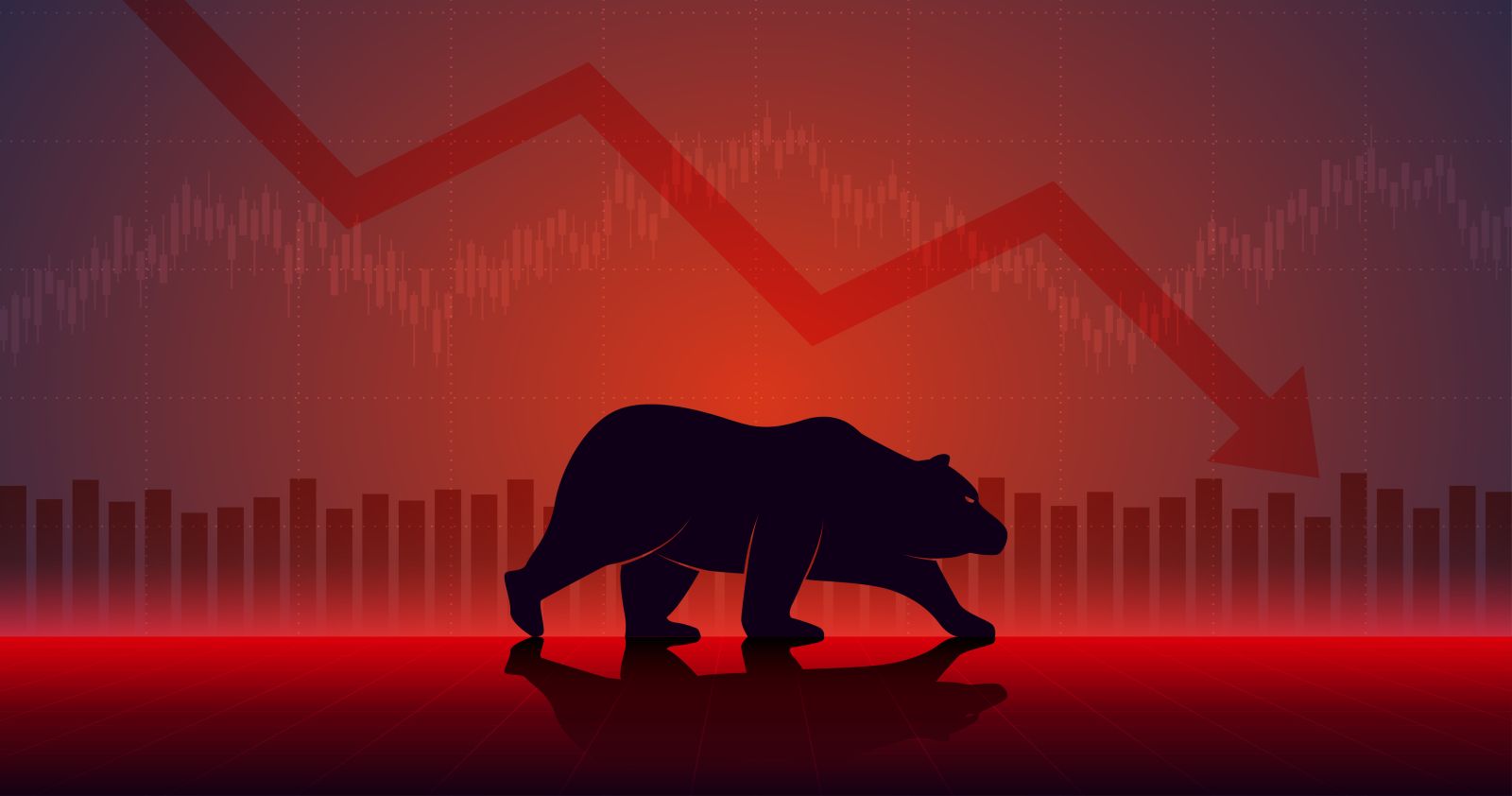
A bear put spread is a vertical spread that aims to profit from a stock declining in price. It has a bearish directional bias as hinted in the name. Unlike the bear call spread, it suffers from time decay so traders need to be correct on the direction of the underlying and also the timing.
A bear put spread is created through buying an out-of-the-money put and selling a further out-of-the-money put.
The maximum profit is equal to the distance between the strikes, less the premium paid. The loss is limited to the premium paid.
Let’s take a look at Barchart’s Bear Put Spread Screener for today:

Some interesting trades here with impressive Max Profit Percentage. Let’s take a look at the first item in the table – a bear put spread on Cisco (CSCO).
CSCO Bear Put Spread Example
Using the January 19 expiry, this trade involves buying the $52.50 put and selling the $37.50 put.
The price for the trade is $2.57 which means the trader would pay $257 to enter the trade. This is also the maximum loss. The maximum gain be calculated by taking the width between the strikes and subtracting the premium paid:
15 – 2.57 x 100 = $1,243.
The breakeven price for the trade is equal to the long put strike, less the premium. In this case, that gives us a breakeven price of $49.93.
Let’s strengthen our bearish screener by adding a parameter for any stock with a Sell rating greater than 40%. Here are the results:

Bank of America Bear Put Spread Example
The first example is also using the January 19 expiry and involves buying the $26 strike put and selling the $18 strike put.
The cost of the trade is $147 which is also the maximum loss with the maximum possible gain being $653. The maximum gain would occur if Bank of America (BAC) stock fell below 18 on the expiration date.
The Barchart Technical Opinion rating is a 100% Sell with a Strengthening short term outlook on maintaining the current direction. Long term indicators fully support a continuation of the trend.
BAC is showing an IV Percentile of 69% and an IV Rank of 34%. The current level of implied volatility is 30.93% compared to a 52-week high of 50.80% and a low of 20.48%.
Of the 19 Analysts following BAC there are 8 Strong Buy, 1 Moderate Buy, 8 Hold, 1 Moderate Sell and 1 Strong Sell recommendations.
Let’s look at another example, this time on Starbucks (SBUX).
Starbucks Bear Put Spread Example
The first Starbucks example is using the January 19 expiry and involves buying the $95 strike put and selling the $75 strike put.
The cost of the trade is $490 which is also the maximum loss with the maximum possible gain being $1,510. The maximum gain would occur if SBUX stock fell below $75 on the expiration date.
The Barchart Technical Opinion rating is an 88% Sell with an average short term outlook on maintaining the current direction. Long term indicators fully support a continuation of the trend.
SBUX is showing an IV Percentile of 90% and an IV Rank of 64%. The current level of implied volatility is 32% compared to a 52-week high of 40% and a low of 18%.
Of the 25 Analysts following SBUX there are 10 Strong Buy, 1 Moderate Buy and 14 Hold recommendations.
Starbucks is due to report earnings on November 2nd.
Mitigating Risk
Thankfully, bear put spreads are risk defined trades, so they have some build in risk management. The most the BAC example can lose is $147 while the SBUX trade has risk of $490.
For each trade consider setting a stop loss of 30% of the max loss.
Please remember that options are risky, and investors can lose 100% of their investment. This article is for education purposes only and not a trade recommendation. Remember to always do your own due diligence and consult your financial advisor before making any investment decisions.
On the date of publication, Gavin McMaster did not have (either directly or indirectly) positions in any of the securities mentioned in this article. All information and data in this article is solely for informational purposes. For more information please view the Barchart Disclosure Policy here.






